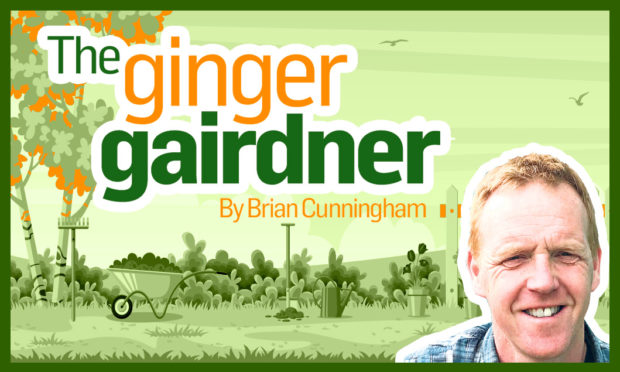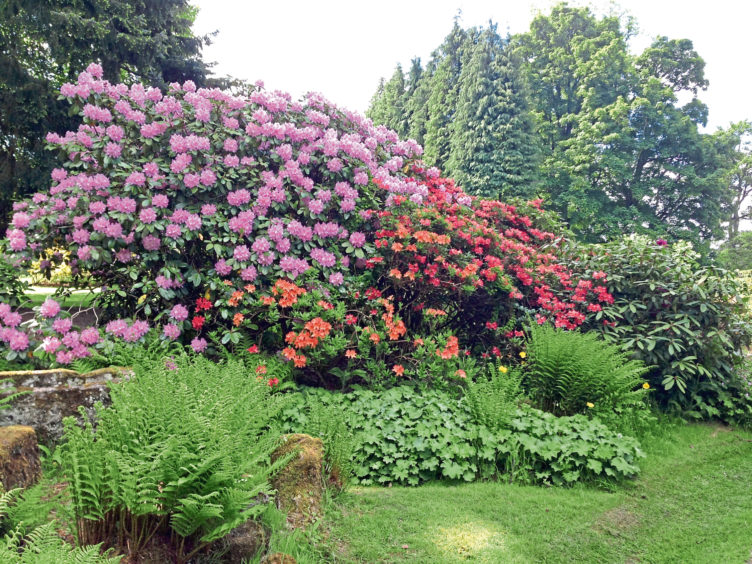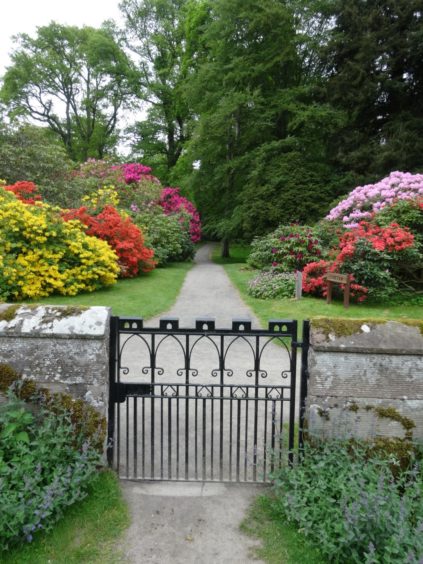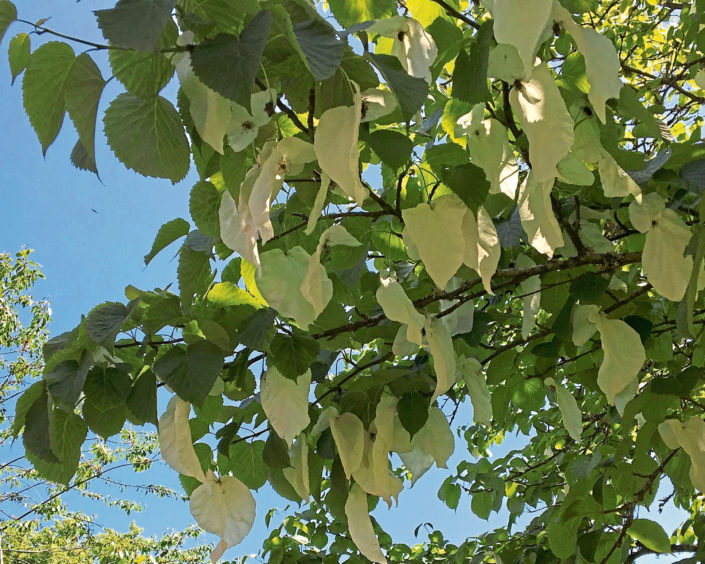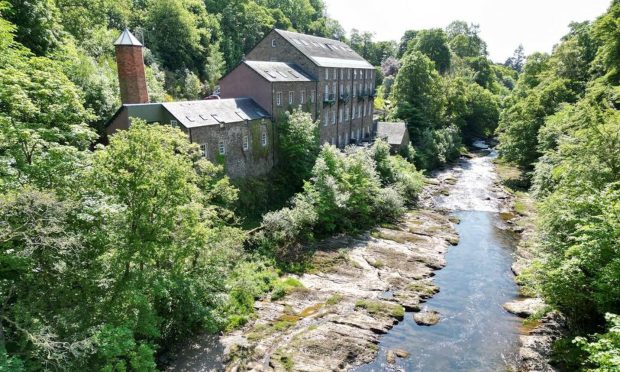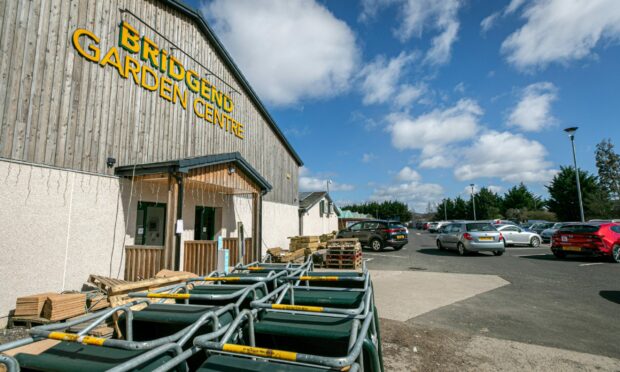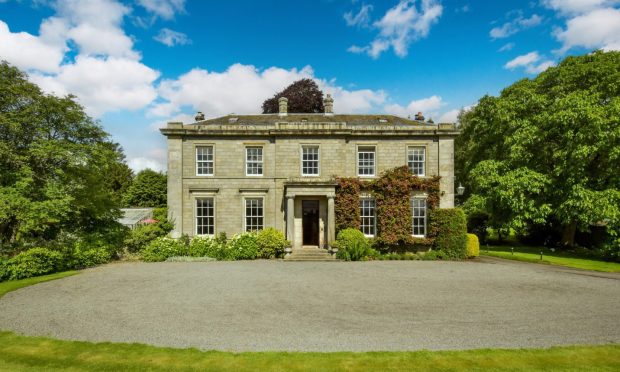We’ve been working hard in our gardens, and now’s the time to relax and enjoy the riot of colour spring has given us, says Brian Cunningham.
With summer just around the corner, we are now entering one of my favourite times of the gardening year, as throughout the country our gardens are ablaze with colour from the end of spring crescendo.
Without doubt the star of the show is the rhododendron, where for 11 months of the year they provide an essential evergreen backdrop for smaller shrubs and herbaceous perennials to shine against, now deservedly make centre stage their own, absolutely adorned in flowers.
In the grounds of Scone Palace, Rhododendron ‘Cynthia’ never lets us down with a fine display of rose pink, funnel-shaped flowers and, at around six metres tall, can’t fail to be noticed. Plants of this size may not fit into the majority of our gardens at home but with a genus of 900 species and a further 25,000 hybrids, there are rhododendrons suitable for any sized garden, all the way down to alpine plants standing a mere 20cm tall.
It’s a Scottish obsession to moan about our weather but our climate and soil conditions are actually perfect for growing rhododendrons, being very similar to the wet and acidic soil in which they grow in the wild. Gardens in the west coast of Scotland where it is more mild and wet are particularly suited.
When planting be careful not to plant too deeply as rhododendrons are surface rooting plants and the roots should only be covered. After planting, give them a good watering in, ideally with rainwater and not tap water which contains calcium, before giving them a good mulching of leaf mould, compost or composted bark around 10cm thick. It is important you mulch when the soil around the plant is moist, doing so when dry will mean the next watering or rainfall will have to go down a further 10cm before reaching the plant’s roots where it is needed.
I’m an advocate of hoeing the soil weekly to keep on top of weeds in the garden but this practice should be avoided at all costs around rhododendrons, where it could seriously damage the roots and kill the plants. I can still recall the rollocking I got when doing this around the scientific collection of ‘rhodies’ at the Royal Botanic Garden Edinburgh.
At this time of year I also love just how fresh, lush and healthy the foliage is on all our plants, particularly on our trees and deciduous hedging. I like to savour this time, when all seems perfect in the garden as I know it won’t be long again before their leaves are looking tattered and tired from being beaten by the summer sun and nibbled as a food source and shelter for wildlife.
I’m a big fan of using beech, Fagus sylvatica, as hedging which may sound surprising as, when left to grow as a tree, it can reach over 25 metres tall. Combining green and purple beech together makes a wonderful effect, which to me is at its best just after coming into full leaf when the colours of the fresh foliage seem so pure and clean.
There are also wonderful floral displays to enjoy from smaller, ornamental trees more suitable for our front and back gardens. We cannot fail to miss the golden-yellow flowers hanging from the branches of the Scotch Laburnum but be careful as all parts of this plant, including the seeds, are poisonous.
I have only ever seen the flowers of the tulip tree, Liriodendron tulipifera, on a specimen at Craigtoun Country Park. The tree is no longer there but I can’t help thinking of it fondly and remembering my time spent there as an apprentice gardener, every time I go home for visit. The flowers will only appear on trees that have reached maturity and although I have planted four trees in the Flower Garden at Scone Palace and would love to see them flower one day, it is their lobed leaves that are as much a feature.
The one tree I do look out for flowering every year is that of Davidia involucrata. When I see it flowering I still get the same feeling as I did the first time I saw it, I can’t believe that a tree can flower in this way. When fully draped in large white bracts it is said to resemble handkerchiefs hanging on a line, although I prefer the more romantic description of a flight of white doves.
If you see this I’m sure you would agree that this is a very special tree, but don’t just take my word for it, in 1899 plant hunter Ernest Wilson was sent to China on an expedition where it was his sole mission to find and collect seeds of this tree.
I always find that this point in the year sees the end of months of hard work and skill, nurturing and preparing summer crops and bedding for display.
I think you’ve earned yourself a wee breather now and a chance to enjoy the last of the spring garden.
Brian Cunningham is a presenter on the BBC’s Beechgrove Garden and head gardener at Scone Palace. Follow him on Twitter @gingergairdner.
